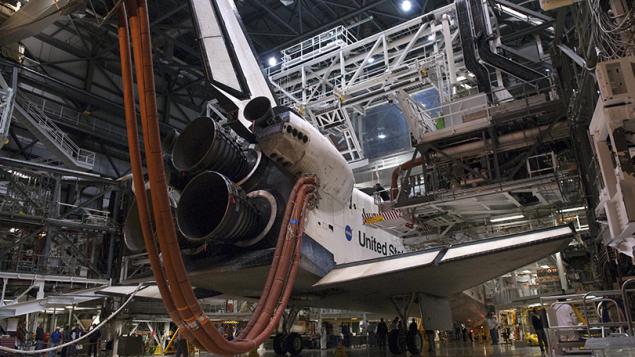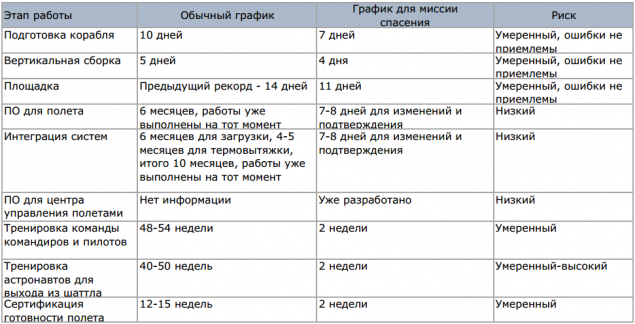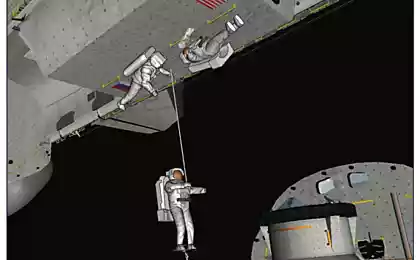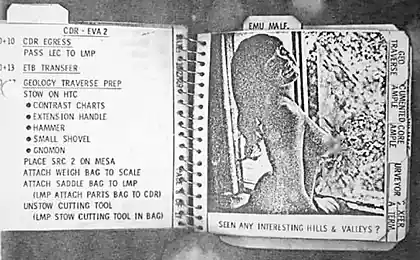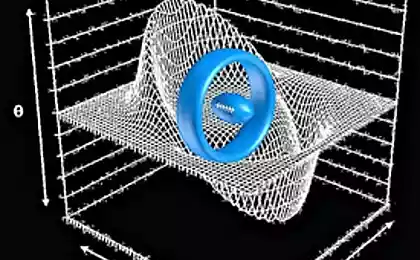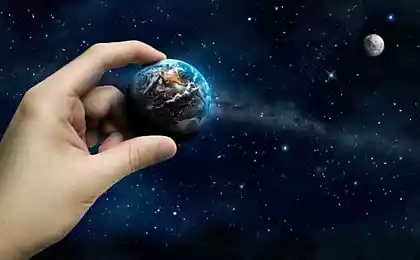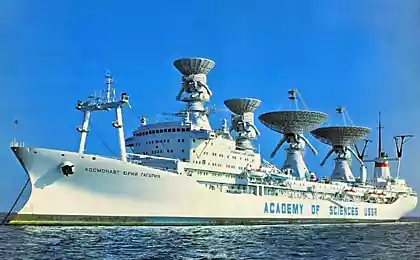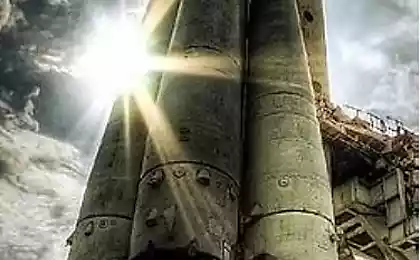1694
A bold plan that could save the shuttle "Columbia". Part 1
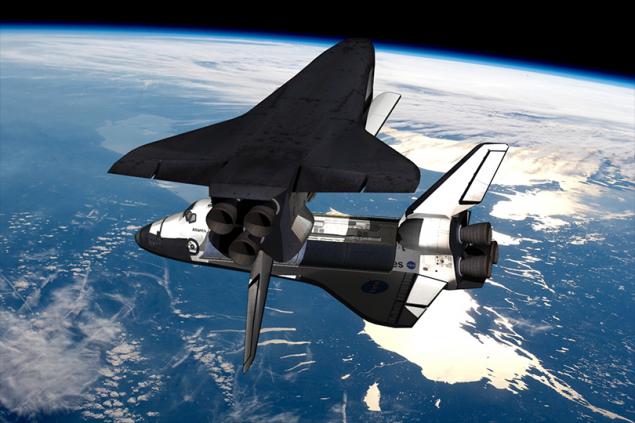
What you can do ... Source: Lee Hutchinson / NASA / NOAA i>
«If we die, we want people to take it for granted. We are engaged in a risky business and we hope that with us if something happens, the program will not be delayed. Conquest of space is worth it to risk your life for him. » B> i>
- Astronaut Gus Grissom, 1965
«First of all it is important to note that failure to" Columbia "occurred during that phase of flight, which, given the current structure of the aircraft, did not give the team a chance at survival.» B> i>
- From report of the Commission of Inquiry of the shuttle disaster "Colombia»
January 15, 2003, at 10:39 am Eastern Standard Time space shuttle "Columbia" was launched from Pad 39A Kennedy Space Center in Florida. After only 81.7 seconds, a piece of insulation foam fell off from orange external fuel tank of the ship and crashed into the leading edge of the left wing on the relative velocity of at least 640 km / h, but the "Columbia" has continued its ascent to orbit.
NASA did not observe strike on the air. Only after the shuttle reached Earth orbit, NASA launched the image analysis, which revealed the fact that the wing was hit. Spalling parts during start happening regularly and program managers decided not to shoot the orbital state of "Columbia" and a visual assessment of the size of the potential damage. Instead, a special team of NASA conducted a theoretical modeling of ship collision with debris, but was unable to reach any definite conclusions about the state of the wing of the shuttle. The mission continued.
In fact, punch broke at least one vital to ship carbon-carbon heat insulating panel which fringes the edge of the wing, resulting in a brittle ceramic material formed a huge hole. Sixteen days when "Columbia" again entered the atmosphere, superheated plasma penetrated into the internal structure of the ship through a hole in the wing and the shuttle began to fall apart.
In the Mission Control Center in Houston, the statement following the descent of "Columbia" began to notice interruptions in receiving telemetry data from the shuttle, then all voice communications and information sharing with the ship was lost. Even when there is evidence that there was an accident, operators continued to hope that they observe only a hardware error. Finally, at 9:12 on the central eastern time head to control the phase of input into the atmosphere LeRoy Cain gave the order, who were afraid to hear everything, and that sounded before only once, 17 years ago, when the "Challenger" sprawled on start: & quot; Lock the doors & quot ;.
It means recognizing that the worst happened: the mission is now moved into the "Emergency". Door control center were closed and operators inside began to record all the information carefully with their management consoles.
"Columbia" was lost, and all seven members of her crew were dead. NASA stands for this very rare and the worst possible situation as LOCV- «Loss of Crew and Vehicle» ( the loss of the vessel and the team - approx. Interpreter i>).
